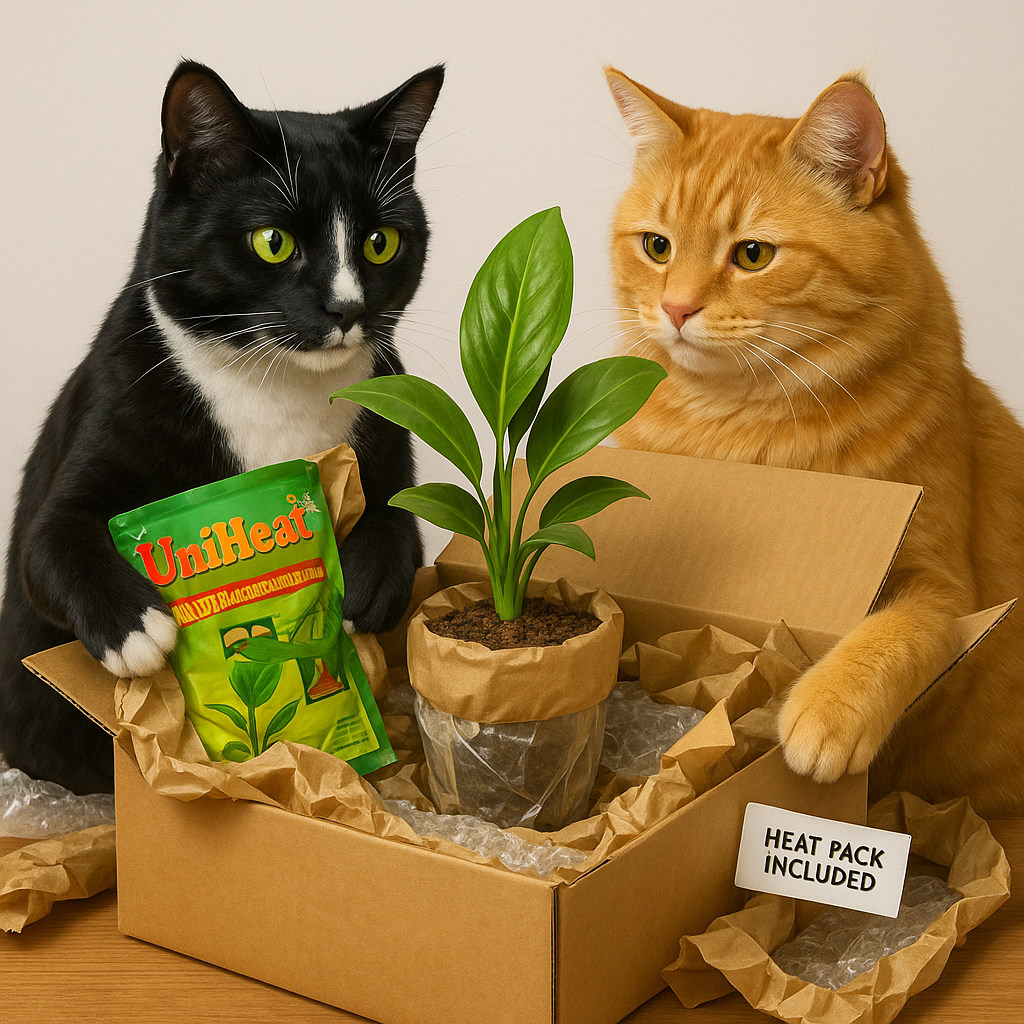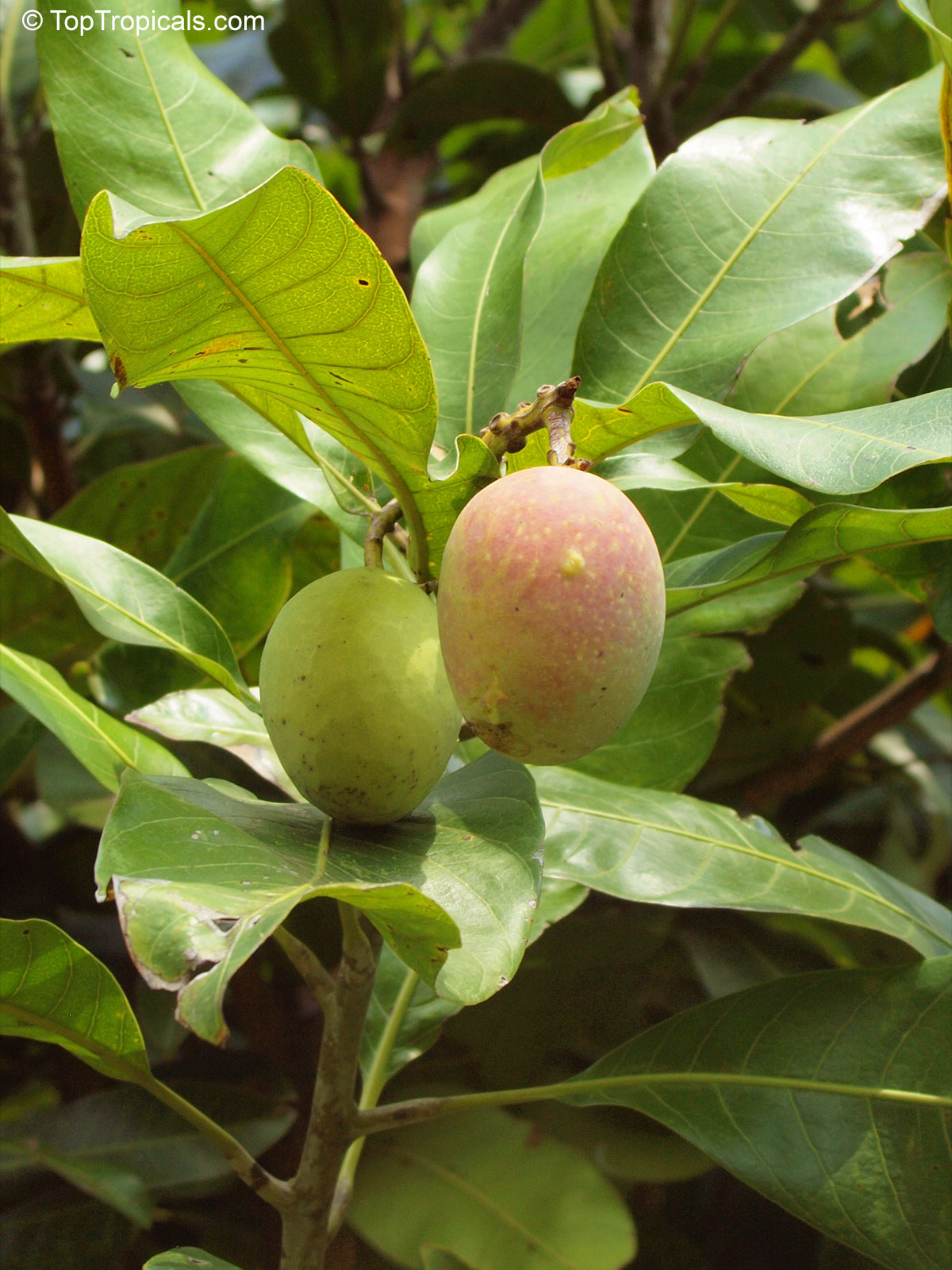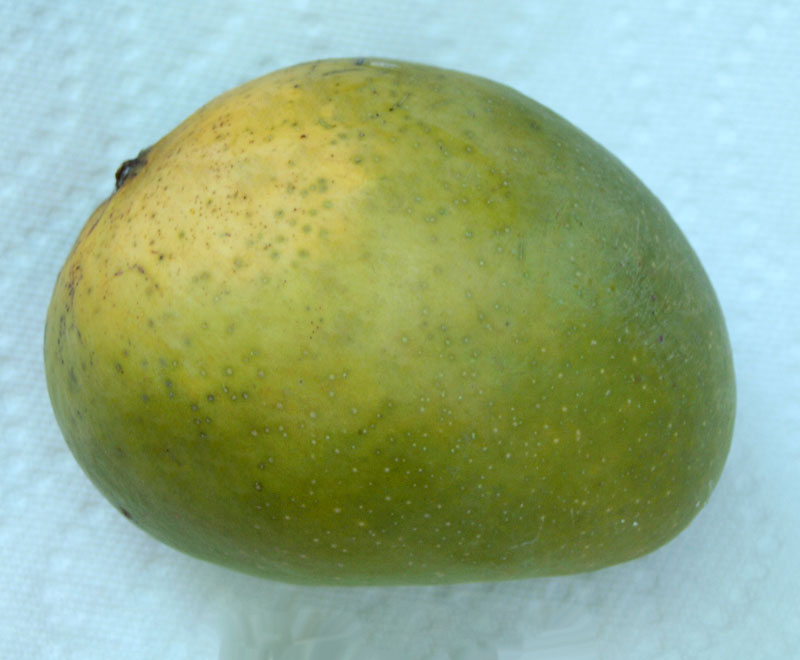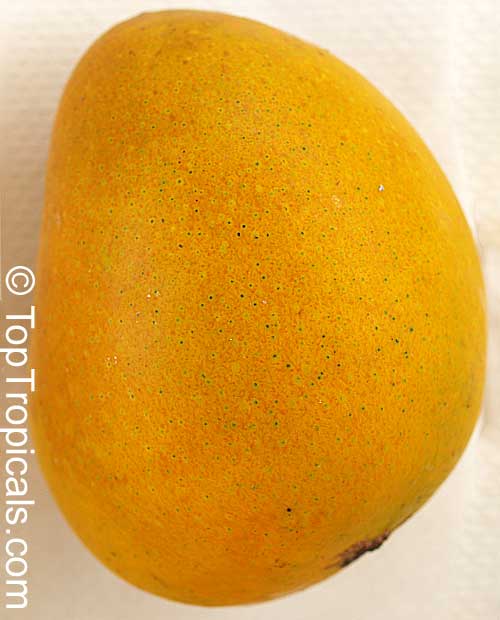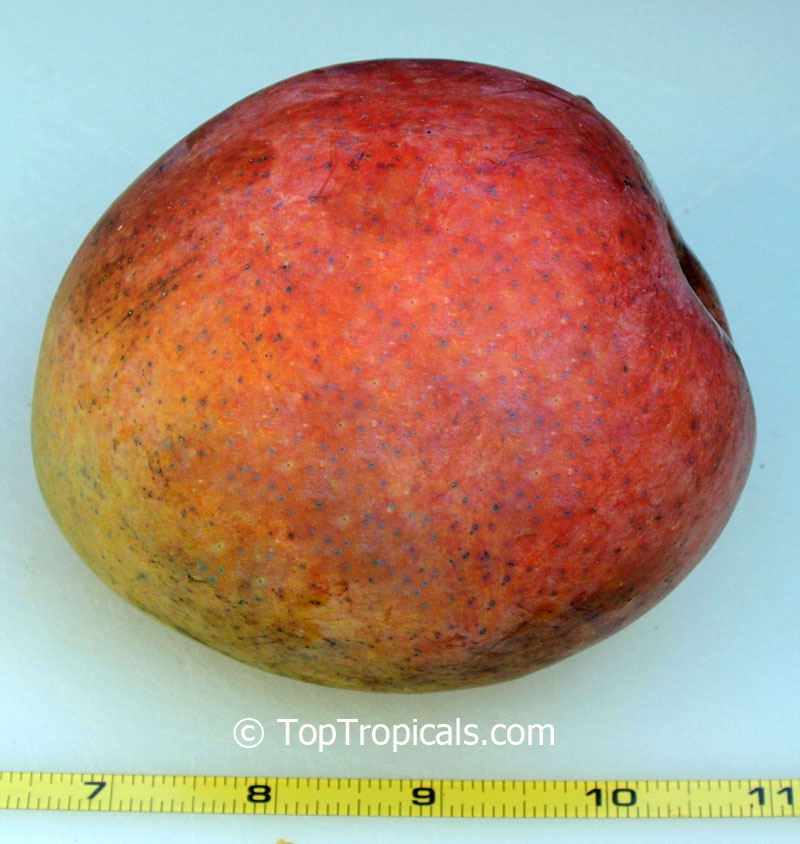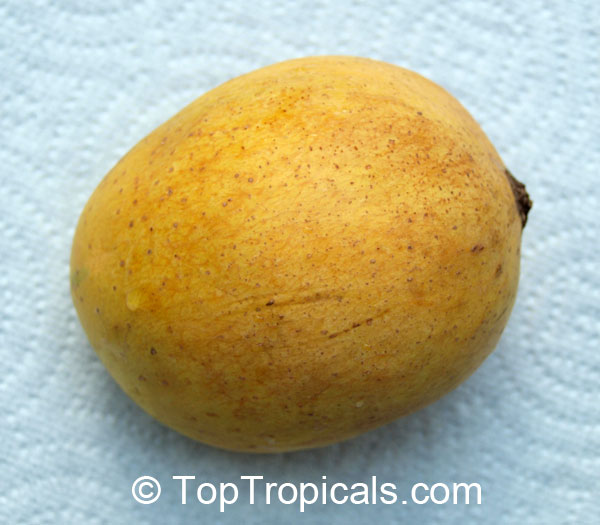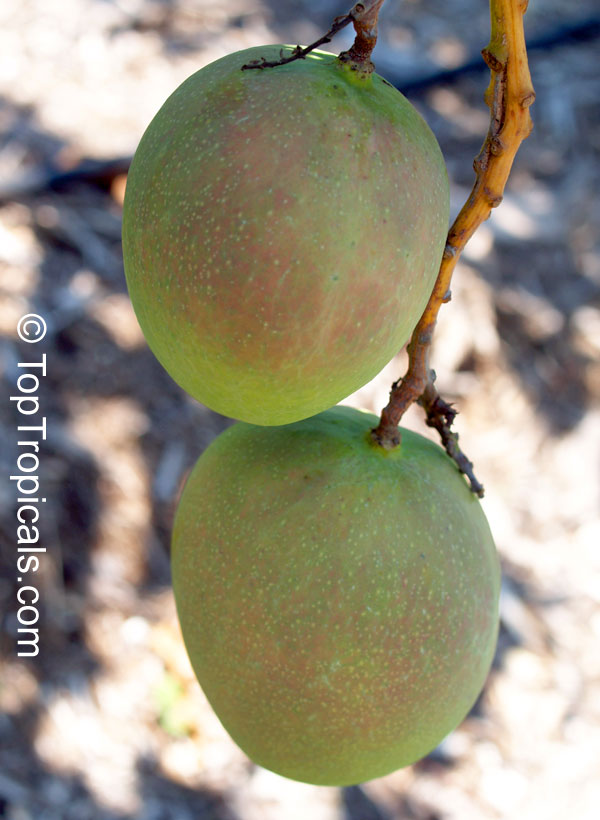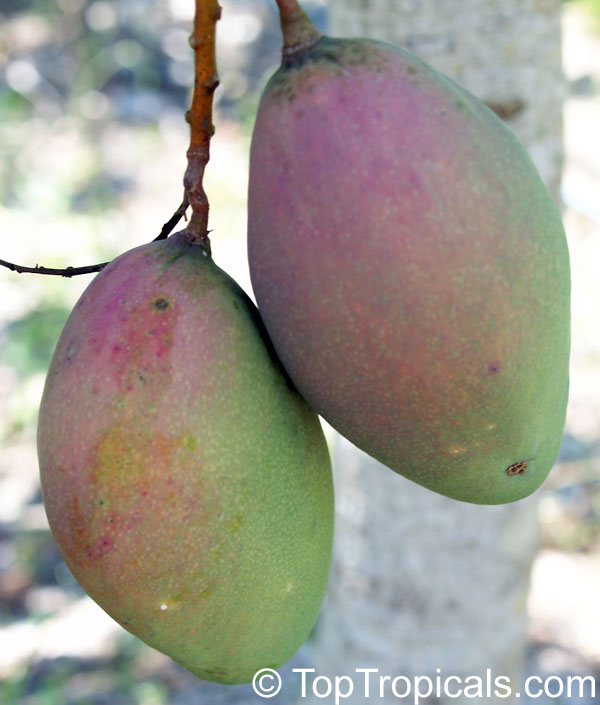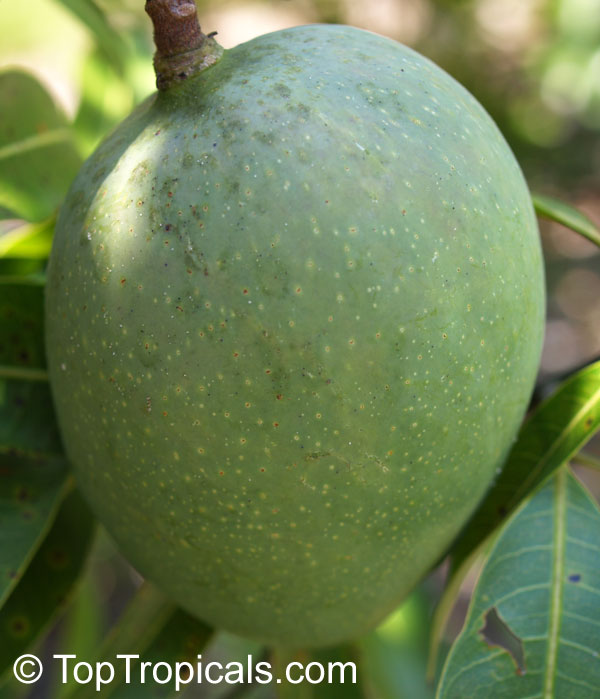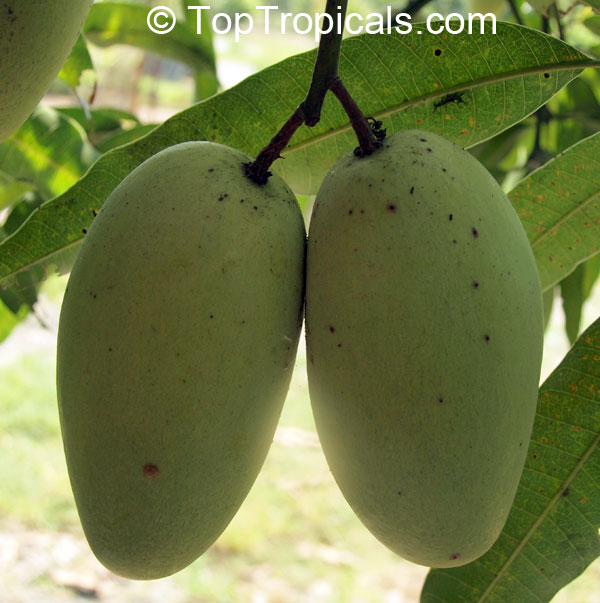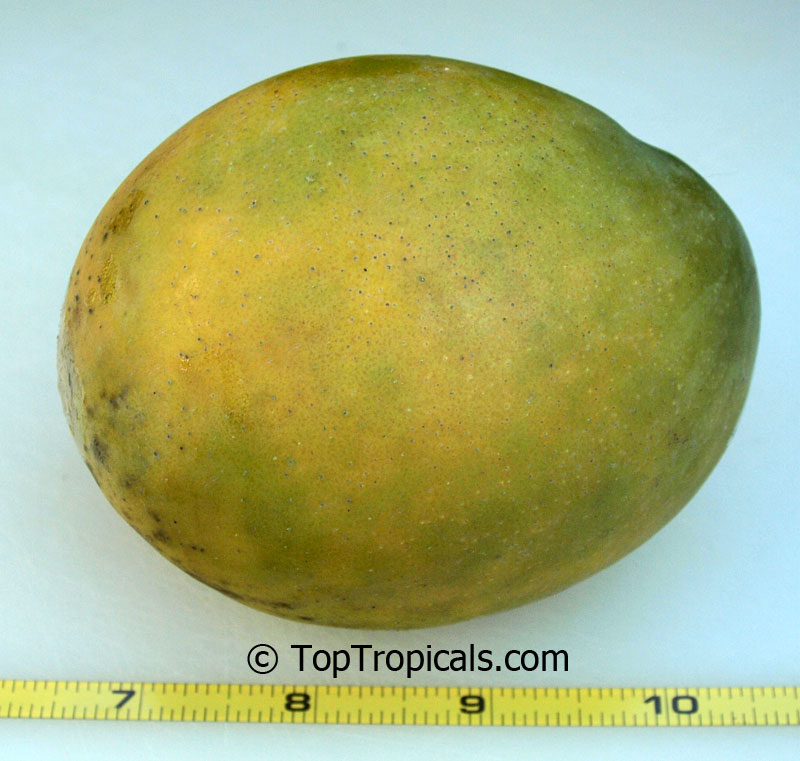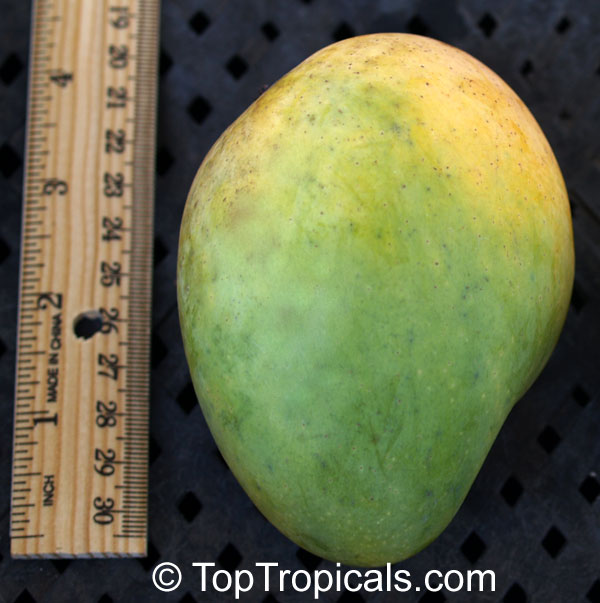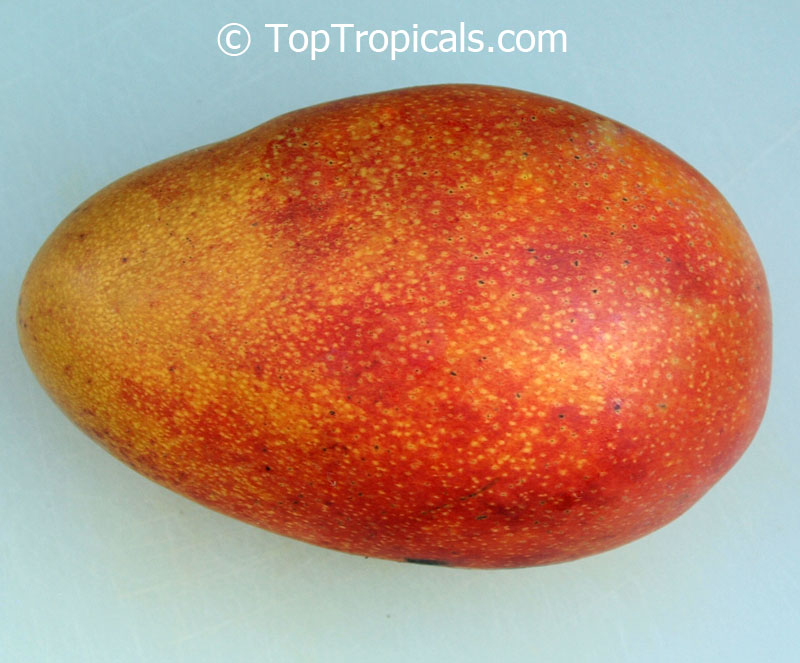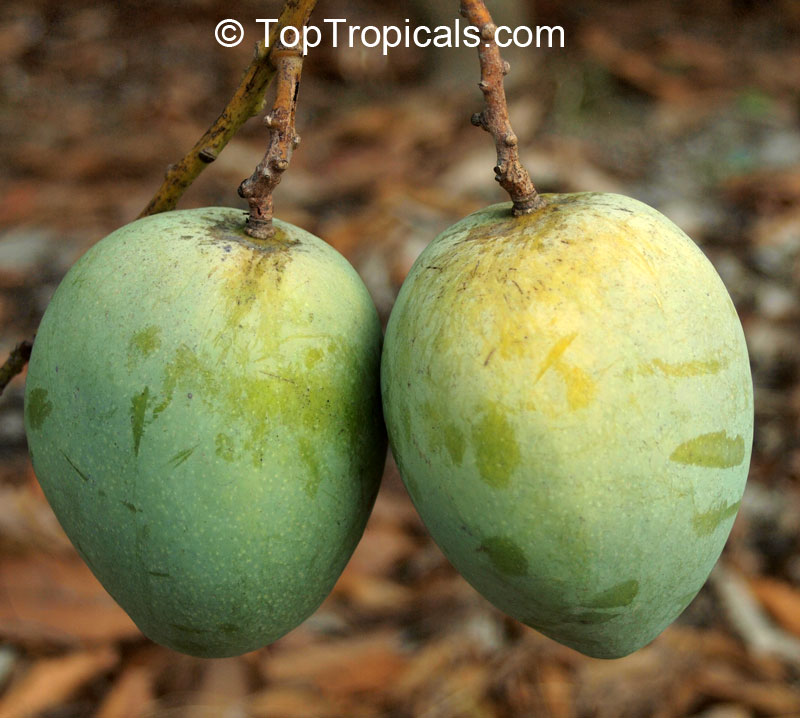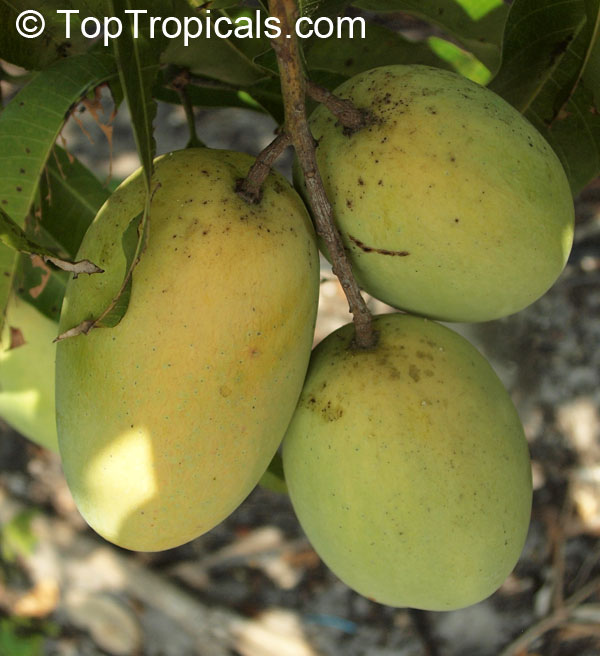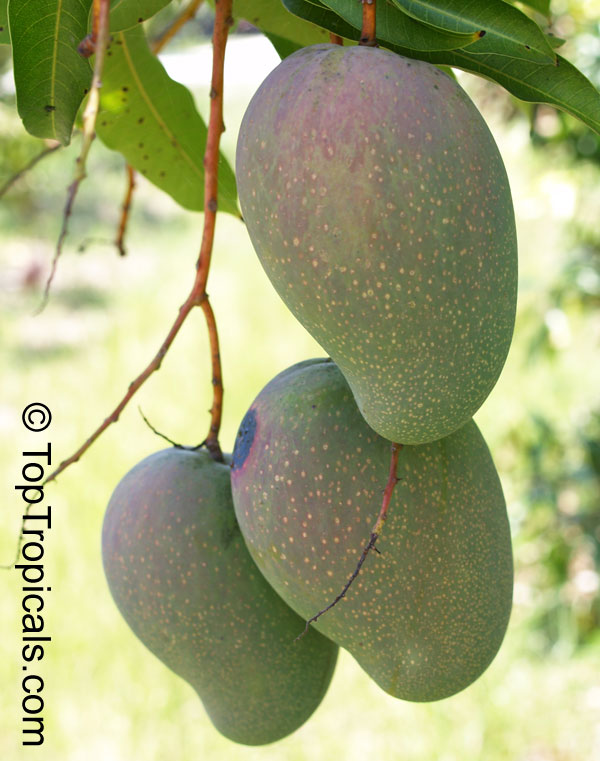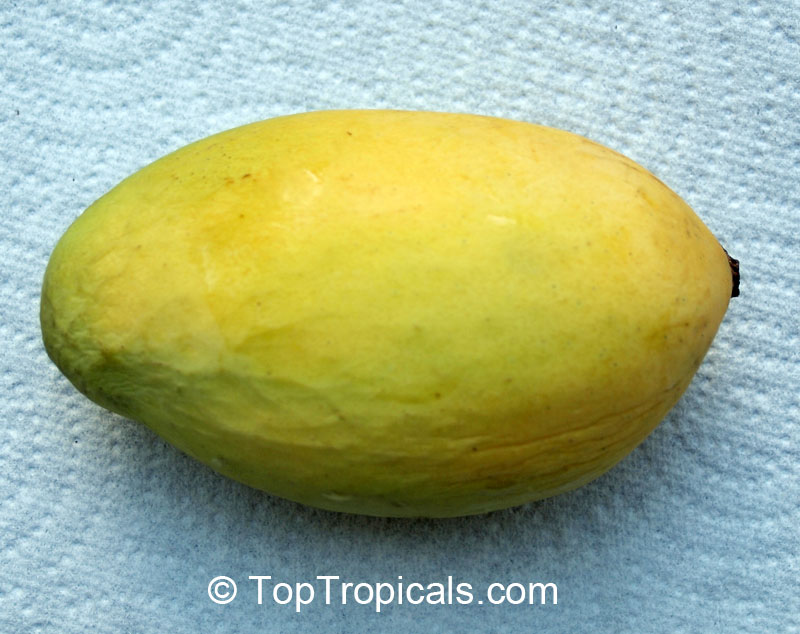MANGO TREES





Recommended Fertilizer: SUNSHINE Mango Tango - Mango Tree Booster
SUNSHINE-Honey - sugar booster








This item can not be shipped. Pick up only. We can provide local delivery around Ft. Myers or Sebring, Florida. Contact us for an estimate. Non-pickup orders are subject to restocking fees.
Recommended Fertilizer: SUNSHINE Mango Tango - Mango Tree Booster
SUNSHINE-Honey - sugar booster








Recommended Fertilizer: SUNSHINE Mango Tango - Mango Tree Booster
SUNSHINE-Honey - sugar booster








Recommended Fertilizer: SUNSHINE Mango Tango - Mango Tree Booster
SUNSHINE-Honey - sugar booster








This item can not be shipped. Pick up only. We can provide local delivery around Ft. Myers or Sebring, Florida. Contact us for an estimate. Non-pickup orders are subject to restocking fees.
Recommended Fertilizer: SUNSHINE Mango Tango - Mango Tree Booster
SUNSHINE-Honey - sugar booster
Last one








Recommended Fertilizer: SUNSHINE Mango Tango - Mango Tree Booster
SUNSHINE-Honey - sugar booster








This item can not be shipped. Pick up only. We can provide local delivery around Ft. Myers or Sebring, Florida. Contact us for an estimate. Non-pickup orders are subject to restocking fees.
Recommended Fertilizer: SUNSHINE Mango Tango - Mango Tree Booster
SUNSHINE-Honey - sugar booster
Last one








Recommended Fertilizer: SUNSHINE Mango Tango - Mango Tree Booster
SUNSHINE-Honey - sugar booster








This item can not be shipped. Pick up only. We can provide local delivery around Ft. Myers or Sebring, Florida. Contact us for an estimate. Non-pickup orders are subject to restocking fees.
Recommended Fertilizer: SUNSHINE Mango Tango - Mango Tree Booster
SUNSHINE-Honey - sugar booster
Last one








This item can not be shipped. Pick up only. We can provide local delivery around Ft. Myers or Sebring, Florida. Contact us for an estimate. Non-pickup orders are subject to restocking fees.
Recommended Fertilizer: SUNSHINE Mango Tango - Mango Tree Booster
SUNSHINE-Honey - sugar booster








This item can not be shipped. Pick up only. We can provide local delivery around Ft. Myers or Sebring, Florida. Contact us for an estimate. Non-pickup orders are subject to restocking fees.
Recommended Fertilizer: SUNSHINE Mango Tango - Mango Tree Booster
SUNSHINE-Honey - sugar booster
Last one








Recommended Fertilizer: SUNSHINE Mango Tango - Mango Tree Booster
SUNSHINE-Honey - sugar booster








Recommended Fertilizer: SUNSHINE Mango Tango - Mango Tree Booster
SUNSHINE-Honey - sugar booster







Recommended Fertilizer: SUNSHINE Mango Tango - Mango Tree Booster
SUNSHINE-Honey - sugar booster








Recommended Fertilizer: SUNSHINE Mango Tango - Mango Tree Booster
SUNSHINE-Honey - sugar booster
Last one








7 gal pot. More developed root system, thicker trunk and branches. Plant height depends on growing season and variety. Dwarf varieties are slow growers and may be shorter. Contact us for exact size description if size/height matters to you. 7 gal plants may be shipped separately from other items by Ground service due to large size. See here time in transit (business days, excluding Sat-Sun!)
Recommended Fertilizer: SUNSHINE Mango Tango - Mango Tree Booster
SUNSHINE-Honey - sugar booster
Last one








Coconut Cream Mango - this variety is so exceptional, it is patented. Delicious, fabulous creamy coconut-mango flavor. Very large juicy fruit, and probably the most colorful! Brgiht red-orange-yellow. Flavor is exceptional with a coconut hint. Fiberless. Pulp is bright orange.
The green fruit have a nice characteristic of turning yellow on the bottom to show they should be picked soon. Trees grow moderately low and spreading. Should be pruned to shape. Ripening: June-July. Fruit size: 1 - 1.5 lbs.
See more info about Mango varieties.
Recommended Fertilizer: SUNSHINE Mango Tango - Mango Tree Booster
SUNSHINE-Honey - sugar booster








This item can not be shipped. Pick up only. We can provide local delivery around Ft. Myers or Sebring, Florida. Contact us for an estimate. Non-pickup orders are subject to restocking fees.
Recommended Fertilizer: SUNSHINE Mango Tango - Mango Tree Booster
SUNSHINE-Honey - sugar booster








This item can not be shipped. Pick up only. We can provide local delivery around Ft. Myers or Sebring, Florida. Contact us for an estimate. Non-pickup orders are subject to restocking fees.
Recommended Fertilizer: SUNSHINE Mango Tango - Mango Tree Booster
SUNSHINE-Honey - sugar booster
Last one








Recommended Fertilizer: SUNSHINE Mango Tango - Mango Tree Booster
SUNSHINE-Honey - sugar booster








Recommended Fertilizer: SUNSHINE Mango Tango - Mango Tree Booster
SUNSHINE-Honey - sugar booster
Last one








7 gal pot. More developed root system, thicker trunk and branches. Plant height depends on growing season and variety. Dwarf varieties are slow growers and may be shorter. Contact us for exact size description if size/height matters to you. 7 gal plants may be shipped separately from other items by Ground service due to large size. See here time in transit (business days, excluding Sat-Sun!)
Recommended Fertilizer: SUNSHINE Mango Tango - Mango Tree Booster
SUNSHINE-Honey - sugar booster
Last one








This item can not be shipped. Pick up only. We can provide local delivery around Ft. Myers or Sebring, Florida. Contact us for an estimate. Non-pickup orders are subject to restocking fees.
Recommended Fertilizer: SUNSHINE Mango Tango - Mango Tree Booster
SUNSHINE-Honey - sugar booster
Last one








This item can not be shipped. Pick up only. We can provide local delivery around Ft. Myers or Sebring, Florida. Contact us for an estimate. Non-pickup orders are subject to restocking fees.
Recommended Fertilizer: SUNSHINE Mango Tango - Mango Tree Booster
SUNSHINE-Honey - sugar booster
| Number of items: 209 |
 Next page | Go to page: 1 2 3 4 5 Last |
🌱 Mango fruit trees Q&A
That is probably one of the most asked questions. Well, the best type of mango tree is the one that grows the variety that you like the best. The only way to know this is to eat as many tree ripened varieties as you can and then make your selections. Be sure to buy a grafted mango tree as it is the only sure way to get the variety you are wanting. Mango trees can be grown from seed, but there is no guarantee that the new tree will be anything at all like the parent plant.
It depends on your climate, space, and taste preferences. See our mango variety comparison guide to help you decide. Contact us and we'll help select perfect mango for your needs.
You can order mango trees online from Top Tropicals right here at toptropicals.com. We offer a wide selection of rare and fruiting mango varieties. Our trees can be shipped to most locations in the U.S. Browse our mango collection by size and flavor.
If you are looking for mango trees for sale near you and you are in the South Florida, including the Ft. Myers area, we would love to see you at our Garden Center located at 13890 Orange River Blvd, Ft. Myers, FL 33905 and 9100 McRoy Rd, Sebring, FL 33875. We have a great selection of mango trees. Our dedicated and knowledgeable staff will help you select the best mango trees for your location and needs. We also have delivery and installation available for local customers. Ask our staff for an estimate on cost. Come visit us and let our team help you pick the perfect mango tree!
Top Tropicals mango trees are certified for shipping to all states and territories, including California, Hawaii, Puerto Rico, and US Virgin Islands. We will provide a phytosanitary certificate for California and any other state that requires it. Phytocertificate cost is included in S&H.
Mango trees typically flower in spring and begin fruiting in summer, depending on your climate and variety. Most grafted trees begin to produce fruit in 2–4 years. Mango trees need consistent warmth and sunlight to set fruit properly.
Mango trees thrive in full sun. They require at least 6–8 hours of direct sunlight daily to produce healthy growth and fruit. Insufficient light can lead to poor flowering and reduced yield. If growing in a container, place the tree where it gets the most sunlight possible.
Mango trees are sensitive to cold and should be protected from temperatures below freezing. Prolonged exposure to freezing temperatures can damage or kill the tree. Young trees are especially vulnerable, but mature trees may survive short frosts with some leaf or branch loss. Dwarf varieties in containers can be brought indoors during cold snaps.
Standard mango trees can reach 30–40 feet tall when planted in the ground. However, most home growers choose semi-dwarf or dwarf condo varieties, which stay around 10–15 feet tall and are easier to manage. In containers, growth can be kept even smaller through pruning. Check our selection of mango for small yard and container growing
Mango trees are quite tropical in nature and are suited for growing in the ground in USDA zones 10 and up. They do not like temperatures under 35-40° F and can be damaged by frost. Temperatures that are under freezing can kill mango trees if they are young and unprotected. A mature mango tree will likely survive a freeze, but will sustain some damage to leaves and limbs. If you are in a location that is a little cooler, you may find that growing one of the dwarf mango tree varieties will work for you. You can keep them in a pot and simply bring them in when temps get too low. Dwarf varieties can be kept to a smaller size and will still produce some fruit when growing in a container.
Water newly planted mango trees every few days during the first few weeks. After establishment, water once a week during dry periods for the first 2–3 years. Mature mango trees (5+ years old) generally only need watering during extended droughts. Too much watering can cause root stress or reduce fruit quality. Avoid irrigating during fall and winter unless there's an unusual dry spell. Always adjust watering based on your soil type and climate.
For young mango trees in the ground, apply a balanced fertilizer every 2 to 3 months during the first year. Start with about 1/4 lb and gradually increase to 1 lb per application as the tree grows. Look for blends like 6-6-6-2 or 6-3-16, which contain nitrogen, phosphorus, potassium, and magnesium. As the tree matures, reduce nitrogen and focus on potassium to improve fruiting—use low-nitrogen mixes.
In addition to base fertilizers, apply micronutrients such as zinc, iron, manganese, magnesium, and boron at least once per year. These can be added as foliar sprays or soil amendments depending on your soil pH. For alkaline soils, use chelated forms (like FeEDDHA) for iron. Avoid over-fertilizing and never exceed label rates.
If you're not sure which mix to choose, check your soil type or ask your local garden center for a mango-friendly blend. Regular feeding combined with good watering and full sun will ensure your mango tree thrives.
Potted mango trees need more frequent feeding than those planted in the ground. Use a balanced, water-soluble fertilizer with extra potassium and micronutrients to support fruiting and reduce stress from container conditions. It is especially important for young trees to develop strong roots in limited soil volume.
We recommend SUNSHINE Mango Tango, which is gentle enough to use with every watering, year-round. If using a dry, slow-release fertilizer, apply it every 4 to 6 weeks during the growing season and avoid fertilizing in winter when the tree is not actively growing.
Absolutely! Dwarf and condo mango trees are perfect for container growing. They thrive in pots when placed in full sun and given good drainage. This makes them ideal for patios, balconies, or small yards. Many customers in cooler zones grow them in containers and bring them inside during winter. Even in pots, mango trees can produce delicious fruit with the right care. Explore mango trees for container growing.
Yes - with proper care and the right variety. Dwarf mango trees can be grown indoors if they get enough light, ideally from a south-facing window or grow light. Indoor trees should be placed in large containers with good drainage and fed regularly during active growth. While fruiting indoors is possible, indoor mango trees are best used as seasonal growers - kept indoors during cold months and outdoors during warm weather. Check our indoor-suitable mango varieties.
Mango trees typically flower from winter through spring and begin fruiting in late spring through summer, depending on the variety and growing conditions. Most grafted mango trees begin flowering right away, and even young trees in 1- to 3-gallon containers may set fruit their first season. However, it's recommended to remove early fruit from small trees to avoid exhausting the plant.
You can expect a reliable first crop within 1 to 3 years after planting a grafted mango tree. To produce well, mango trees need consistent warmth, full sunlight, and relatively dry conditions during the flowering and fruiting period.
No, mango trees are self-pollinating. You only need one tree to enjoy fruit. While having multiple mango trees may slightly improve yield due to cross-pollination from insects, a single healthy, grafted mango tree will produce fruit on its own. This makes mango a great choice for small gardens, patios, or even container growing if you're limited on space.
Mango trees are relatively low-maintenance, but can occasionally attract scale, aphids, or fungal issues like anthracnose. Good air circulation, proper watering, and periodic sprays of neem oil or fungicide can help prevent problems. Healthy trees grown in full sun are more resistant to pests.
